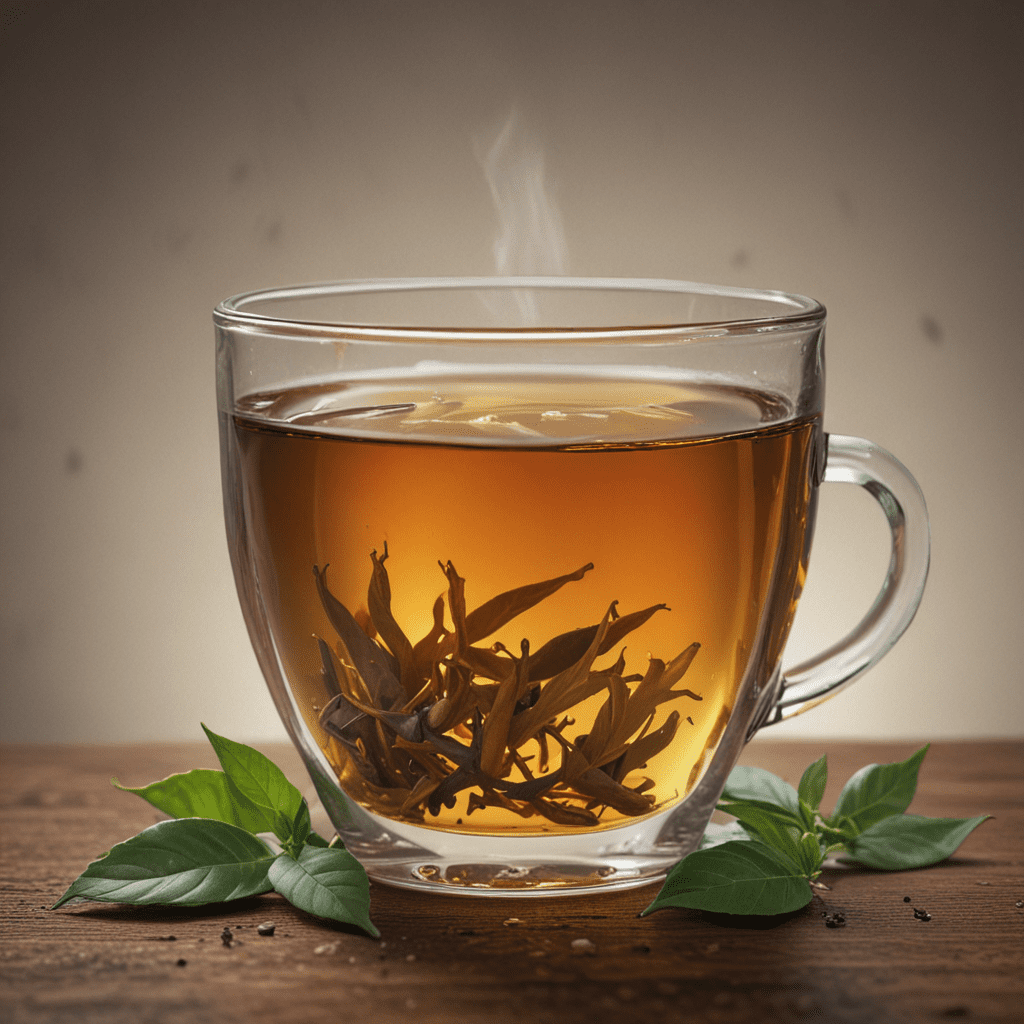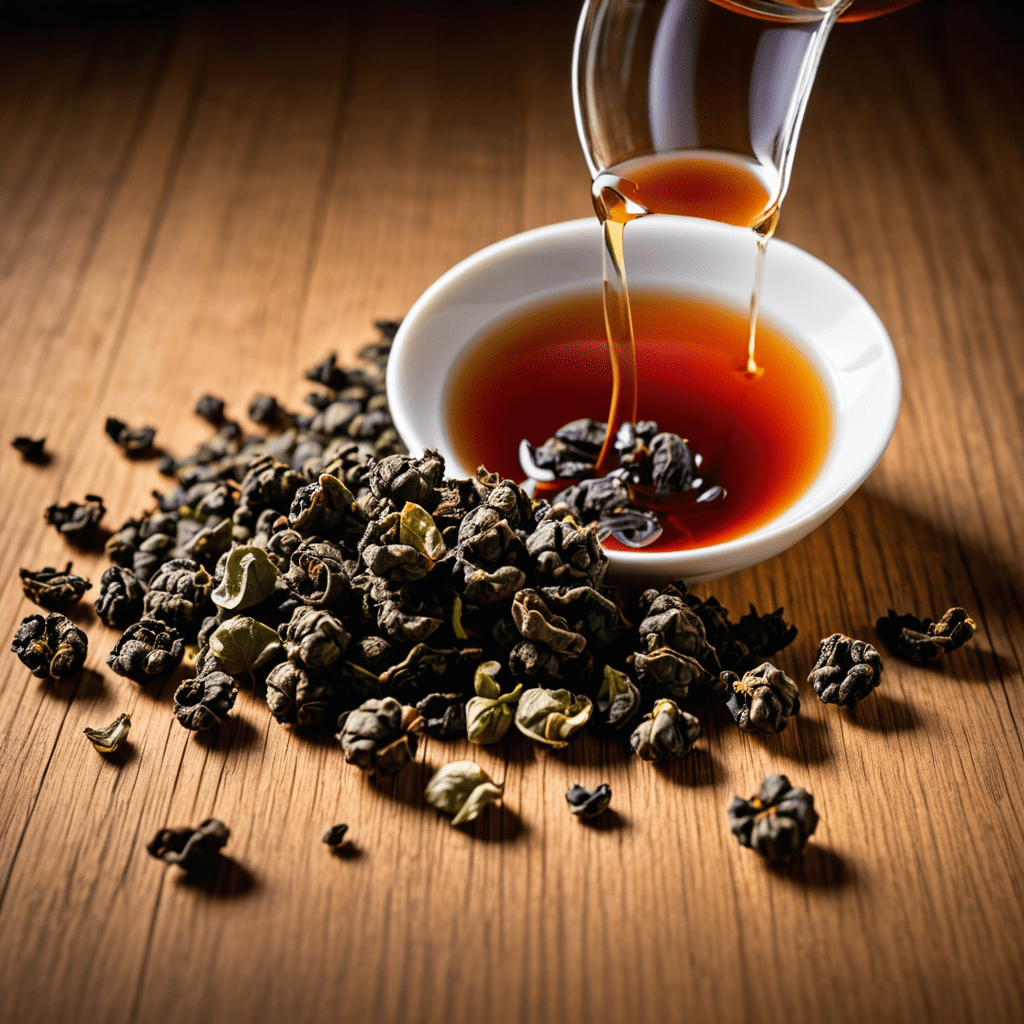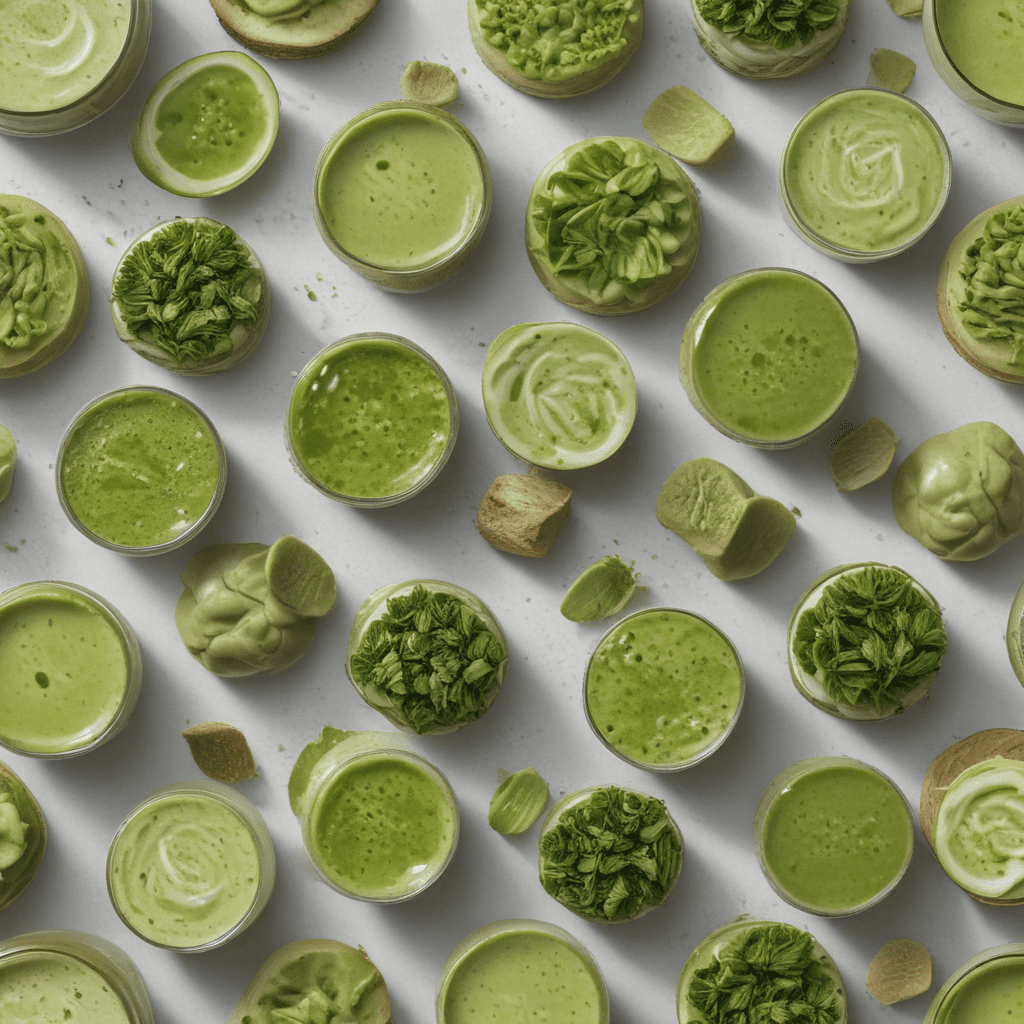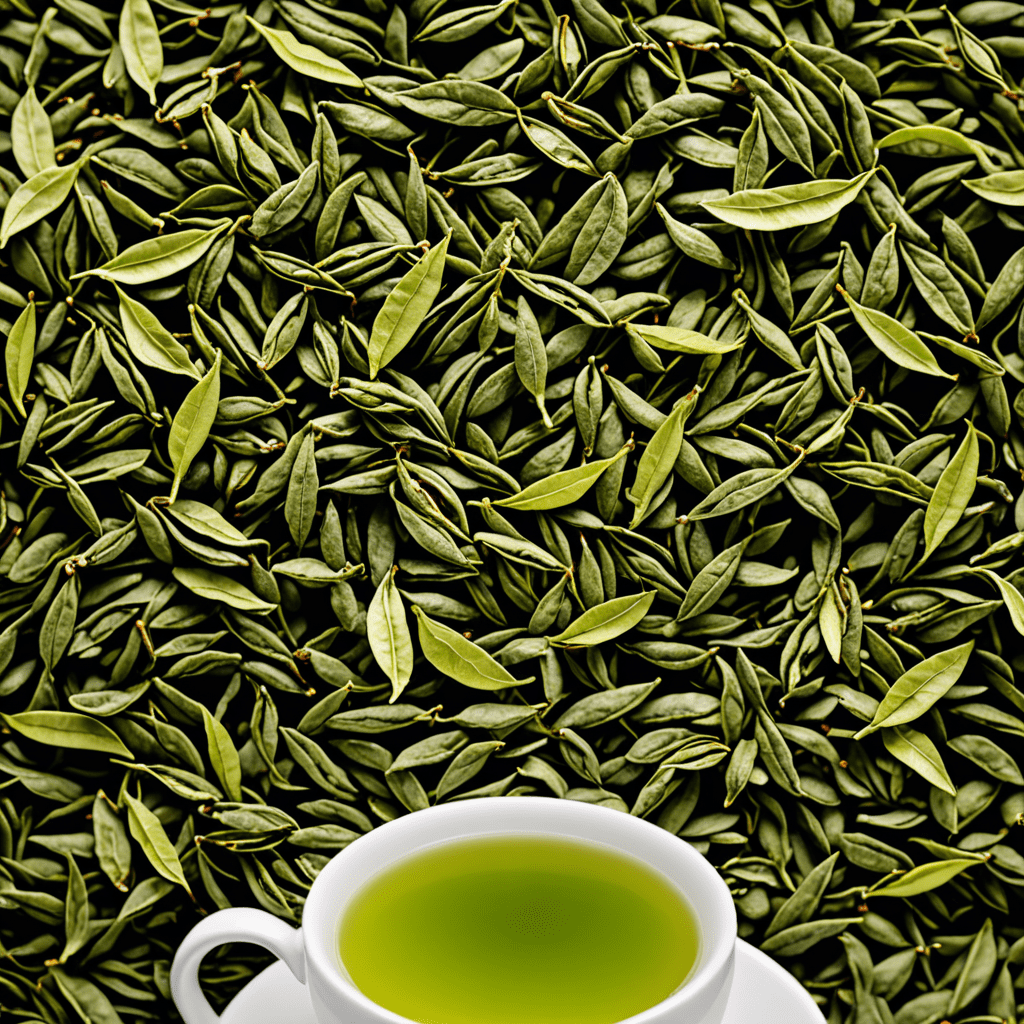
Introduction: A Glimpse into the Enchanted Realm of Darjeeling Tea
Prepare your senses for an extraordinary journey into the aromatic embrace of Darjeeling tea, a beverage that has captivated tea enthusiasts and connoisseurs worldwide. Nestled amidst the celestial beauty of the Himalayas, the rolling tea gardens of Darjeeling conjure an ethereal landscape where nature's artistry intertwines with human ingenuity to produce a liquid masterpiece.
Historical Origins: A Journey through Time and Tea Gardens
The origins of Darjeeling tea are shrouded in a tapestry of myth and legend. In the late 1800s, British botanist and tea explorer Dr. Campbell stumbled upon wild tea plants thriving in the pristine hills of Darjeeling. Recognizing their exceptional potential, he introduced Chinese tea plants to the region, heralding the dawn of a new era in tea cultivation.
Terroir and Topography: The Unique Canvas of Darjeeling
Darjeeling's terroir, a symphony of climate, soil, and topography, bestows upon its teas a distinctive character unmatched by any other tea-growing region. The high altitude, coupled with abundant rainfall and mist, creates an ideal environment for the slow and delicate growth of tea leaves. Nurtured by the rich, well-drained soils of the Himalayas, these leaves absorb a myriad of nutrients and minerals, imbuing the teas with their unparalleled complexity and depth.
Harvesting Techniques: A Symphony of Hands and Nature
The harvesting of Darjeeling tea is a delicate art, guided by tradition and experience. Twice a year, during the spring and autumn flushes, skilled tea pluckers meticulously hand-pick the youngest and most tender tea leaves. The precision of their movements ensures the preservation of the leaves' delicate flavors and aromas, setting the stage for the transformation that lies ahead.
Processing Methods: From Leaf to Treasure
Once harvested, Darjeeling tea leaves embark on a journey of metamorphosis. They undergo a series of precise steps, each contributing to the final character of the tea. From withering, where the leaves lose their moisture content, to oxidation, where enzymatic reactions create the distinctive black tea flavor, every stage is meticulously controlled to elicit the desired aroma, taste, and color.
6. Varieties and Flavor Profiles: A Kaleidoscope of Sensations
Darjeeling teas are renowned for their diverse range of varieties, each boasting a unique flavor profile that reflects the nuances of its terroir and processing. The most celebrated varieties include:
First Flush: Harvested in the spring, these teas are characterized by their light, floral notes and bright, refreshing taste.
Second Flush: Appearing in the summer, these teas exhibit a fuller body and a more robust flavor, often with hints of fruit and spice.
Autumn Flush: Plucked in the fall, these teas offer a rich, malty flavor with hints of caramel and chocolate.
7. Health Benefits: Unveiling the Medicinal Marvels
Beyond its exquisite taste, Darjeeling tea holds a treasure trove of health benefits. It is a rich source of antioxidants, which combat free radicals and protect against cellular damage. The flavonoids present in darjeeling tea have been linked to improved cardiovascular health, reduced inflammation, and enhanced cognitive function.
8. Sustainable Practices: Preserving the Legacy for Generations
To ensure the continued prosperity of Darjeeling's tea industry and the well-being of its communities, sustainable practices are paramount. Many tea estates have adopted organic farming techniques, minimizing the use of pesticides and synthetic fertilizers. Additionally, initiatives to conserve water resources and promote biodiversity have been implemented, safeguarding the delicate ecosystem of the tea gardens.
9. Global Acclaim: Recognition and Appreciation Worldwide
Darjeeling tea has garnered worldwide recognition for its exceptional quality and taste. It has been awarded numerous accolades, including the prestigious Grand Prix de l'Exposition Universelle in 1900. Today, Darjeeling tea is savored by tea enthusiasts in every corner of the globe, a testament to its enduring appeal.
10. Conclusion: A Timeless Tapestry of Nature and Nurture
Darjeeling tea stands as a testament to the harmonious blend of nature's bounty and human artistry. Its exquisite flavor and aroma, coupled with its health benefits and cultural significance, have made it a treasured beverage around the world. As we sip on a cup of Darjeeling tea, we not only savor its delights but also connect to the timeless tapestry of nature and nurture that brought it to life.
Frequently Asked Questions
- What is the ideal way to brew Darjeeling tea?
Use freshly drawn water at a temperature between 185-200°F. Steep the tea leaves for 3-5 minutes, depending on desired strength.
- How can I identify genuine Darjeeling tea?
Look for Darjeeling tea with the Darjeeling Tea Board certification logo. This ensures the tea has been grown and processed in the Darjeeling region according to established standards.
- Is Darjeeling tea suitable for all?
While generally safe for consumption, Darjeeling tea contains caffeine. Individuals sensitive to caffeine may want to moderate their intake or consult a healthcare professional.


